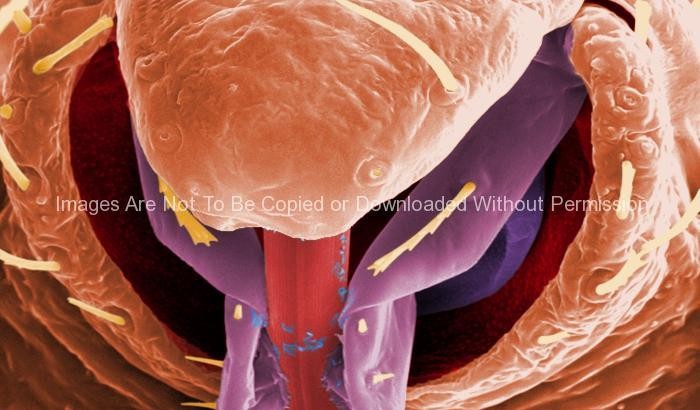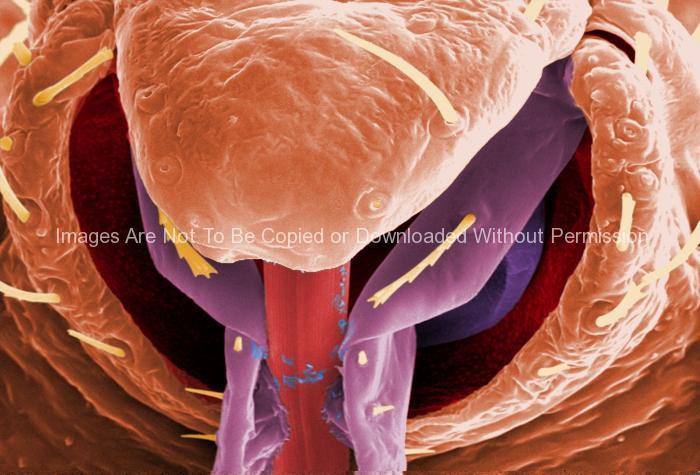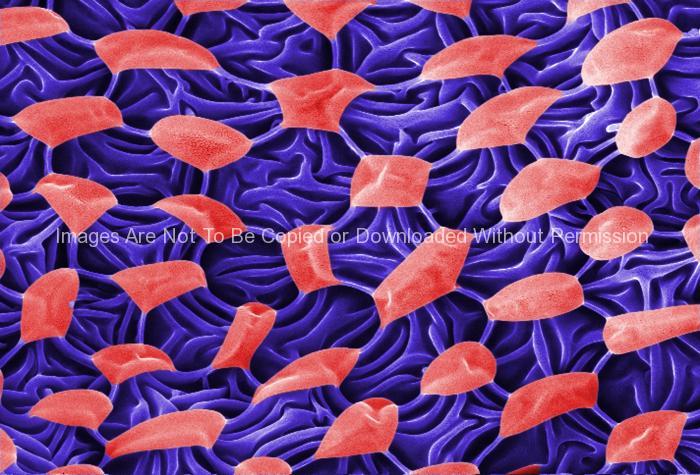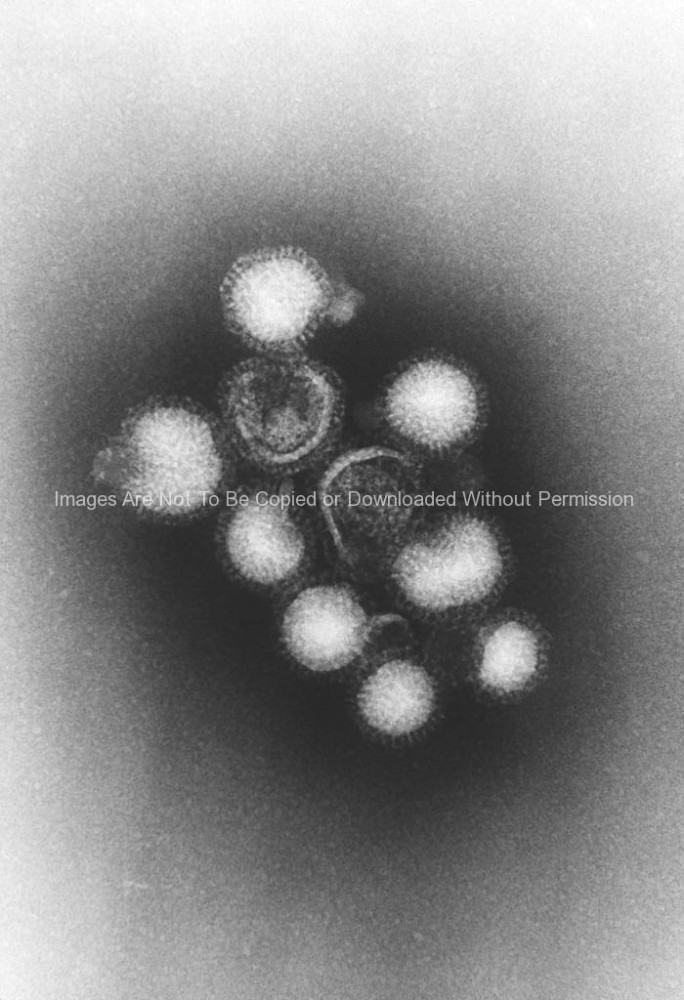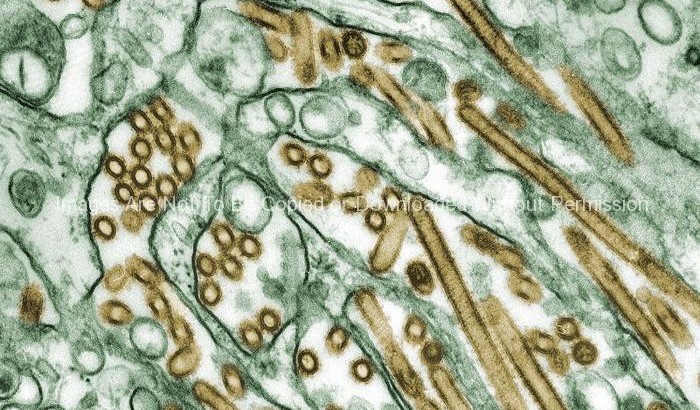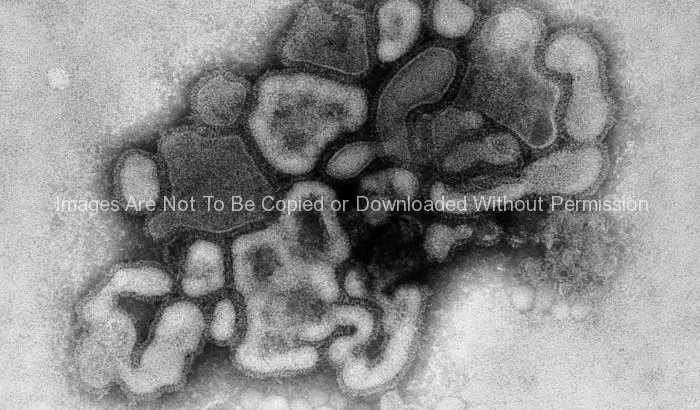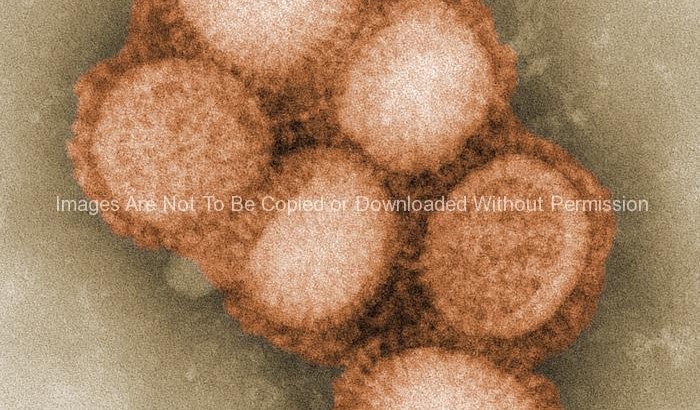This highly-magnified, digitally-colorized scanning electron micrograph (SEM) revealed some of the ultrastructural morphology displayed on the rostral head region of a bedbug, Cimex lectularius. Note the proximal anatomical relationships the insect’s skin piercing mouthparts it uses to obtain its blood meal, and how they join the head.
micrograph
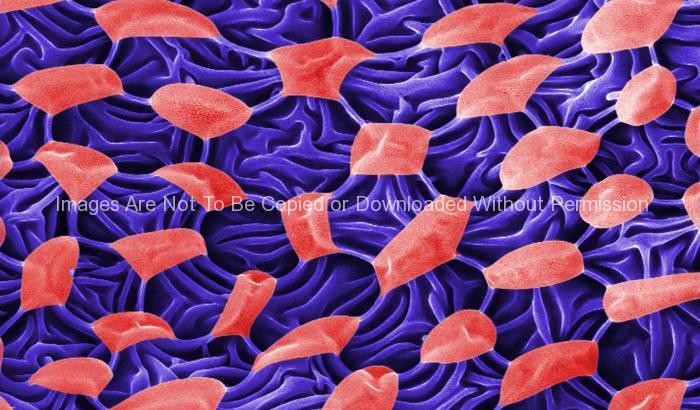
Ultrastructural Morphology Displayed on the Ventral Surface of a bedbug (Cimex lectularius)
This digitally-colorized scanning electron micrograph (SEM) revealed some of the ultrastructural morphology displayed on the ventral surface of a bedbug, Cimex lectularius. From this view, at the top, you can see the insect’s skin piercing mouthparts it uses to obtain its blood meal, as well as a number of its disarticulated six jointed legs. You’ll also notice a beautiful diaphanous structure at the bottom of the image. It is speculated that this wondrous ultrastructural organ is most probably a scent gland, or related to the dissemination of scent, which may be pheromonal in nature. A further dissection of this, and the adjacent mesothoracic region, could possibly reveal an internalized aspect of this organ, which would be glandular in nature, and actually involved in the production of the aromatic chemical.
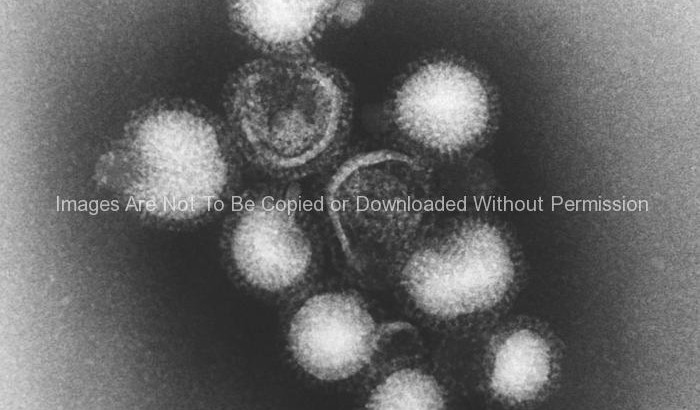
Micrograph of Neuraminidase and Hemagglutinin “spikes”
This negatively-stained transmission electron micrograph (TEM) depicted a small grouping of a number of influenza A virions, which also revealed at this very high magnification, the neuraminidase and hemagglutinin “spikes” protruding from the virions’ proteinaceous capsid coats. At its core, the genome consists of eight single-stranded segments of a negative-sense RNA ((-) ssRNA). Influenza A virions can be observed as being both spherical and filamentous in nature. Each strand is enclosed in, or “encapsidated” inside the viral nucleoprotein, thereby, forming what is known as the ribonucleoprotein (RNP) particle.
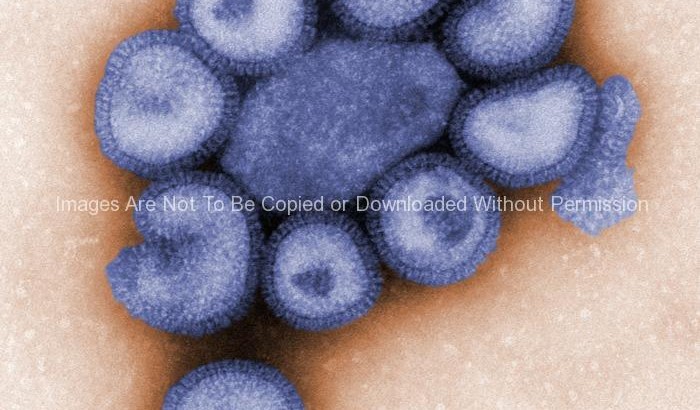
Ultrastructural Details of an Influenza Virus Particle
This colorized negative-stained transmission electron micrograph (TEM) depicts the ultrastructural details of a number of influenza virus particles, or “virions”. A member of the taxonomic family Orthomyxoviridae, the influenza virus is a single-stranded RNA organism
